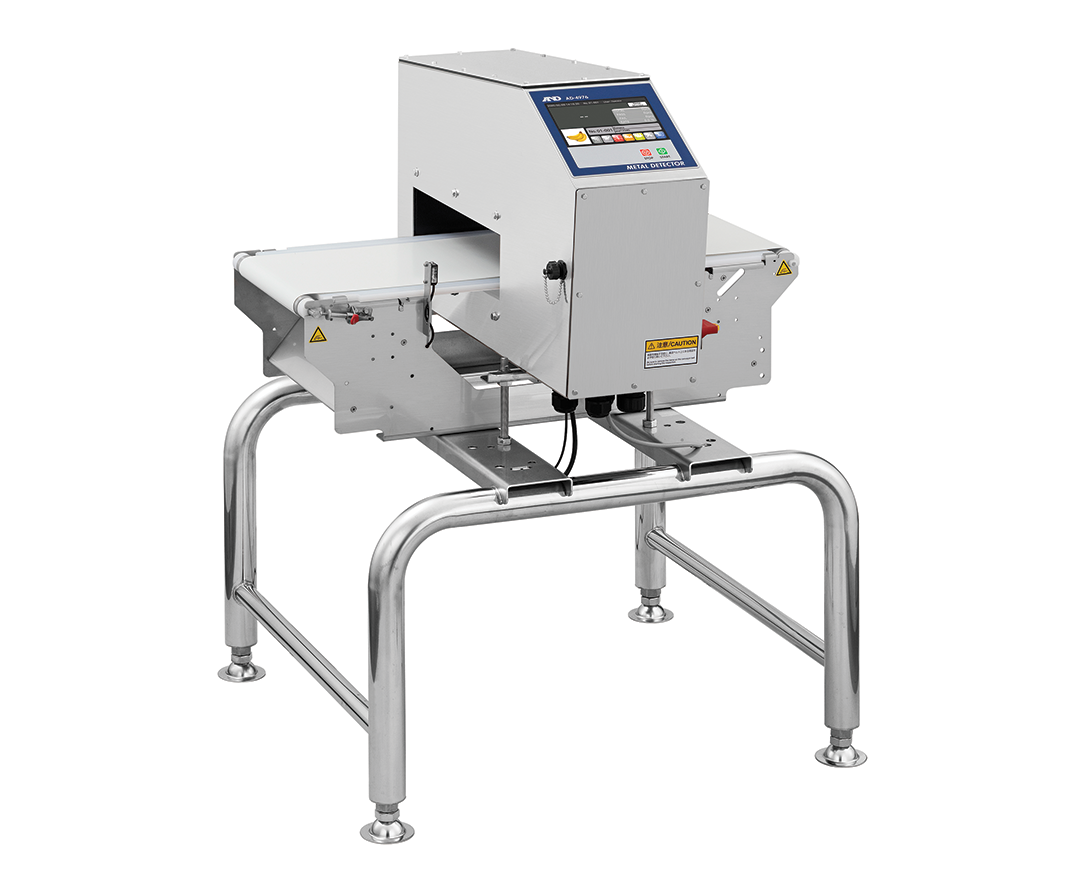A pH meter is an instrument that measures the acidity or alkalinity in water solutions, and is typically found in all laboratories, from schools to commercial and industrial labs.

Used in various sectors including agriculture, healthcare, food and beverages, water analysis and more, pH meters are essential for checking and ensuring a product’s quality and consistency.
To help you make the right decision when you are purchasing a pH meter, here are 5 essential components to look out for:
- Accuracy
pH meters typically range from ±0.1 pH to ±0.001 pH, and it’s valuable to know which type of accuracy you’ll need. For example, schools may need less accurate pH meters than actual research laboratories. This is due to the fact that research labs need the most accurate results to ensure their solution readings are where they need to be. Compared to a school demonstrating how pH meters work to their students, labs may rely on the accuracy of their research for quality assurance. pH meters with ±0.1 is a better choice for research labs or other organisations who need nearly perfect readings, while a demonstrator can get more affordable pH meters with a ±0.10 accuracy.
2. Calibration
Every pH meter needs to be calibrated before use to ensure accurate readings. Buffer solutions are used to calibrate pH meters, and the solutions range from 4, 7, and 10 and can be found in red, yellow, and blue colors. Meters that use a 2-point calibration at least are good to work with and you should calibrate your pH meter to get to your expected results as close as you can. You can also purchase 3-point and 5-point meters because they have bigger measuring ranges; however, this isn’t necessary unless you have to test a wide pH range.
3. Electrode
The electrode is responsible for measuring the hydrogen ion concentration. Usually, pH electrodes are glass bulb electrodes; however, some applications, such as the food industry, do not allow the use of glass in any components. If this is the case, then you’ll need to consider non-glass electrodes. As electrodes are rather fragile and will probably need to be replaced over time, it is best to add the cost of replacement electrodes into consideration when choosing your pH meter.
4. Temperature
pH readings can be affected by temperature, so it is best to calibrate the pH meter at the same temperature as the samples being tested for the most accurate reading. Most advanced pH meters come with automatic temperature compensation to compensate samples that may be too warm or too cold. Still, it is worth calibrating your pH meter just before you check the product pH, and also test the pH of samples with room temperature.
5. Portability
Finally, there is the portability factor to consider. Do you plan to use your pH meter only in the lab, or do you need to take it out to the field? If you are only in the lab, benchtop meters might be the better choice, as they offer more advanced functionality, and are designed to last longer. Handheld or pocket meters are convenient to take on the go, and they are usually waterproof and durable.
These five factors should be able to guide you to get the right pH meter for your needs.
Hanna Instruments is a designer, manufacturer and supplier of scientific products, and they offer a wide selection of highly accurate and simple to use portable digital pH meters as well as benchtop meters. They also offer specialty benchtop meters which come with unique features such as a built-in printer, analog output, and a built-in stirrer.
View their website to find out more about their pH meters.
Please view PH Best practices.










